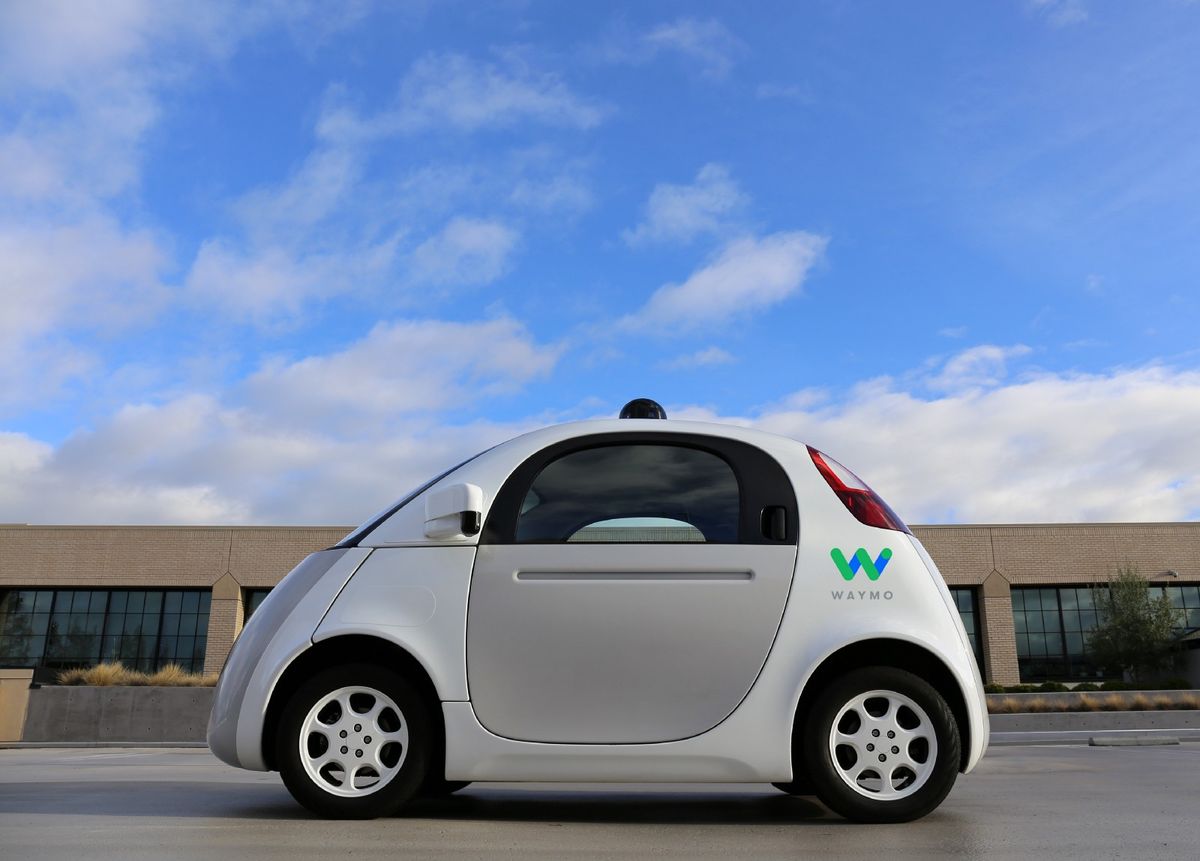Google has never publicly shared how much it spends on its self-driving cars. At first, Project Chauffeur was hidden away in Google’s ultra-secret X moonshot program. When that went public, its costs were bundled together in a vague “Other Bets” category that includes the company’s fiber Internet service, home automation, and life science spin-offs.
Now, a court filing in Waymo’s epic and ongoing lawsuit against Uber has accidentally revealed just how big a bet Google placed on autonomous vehicles. Between Project Chauffeur’s inception in 2009 and the end of 2015, Google spent $1.1 billion on developing its self-driving software and hardware, according to a recent deposition of Shawn Bananzadeh, a financial analyst at Waymo.
Bananzadeh was testifying as part of the lawsuit, in which Uber stands accused misappropriating trade secrets and violating patents from Waymo, Google’s self-driving-car offshoot. Because Waymo has yet to commercialize any of its technology in a meaningful way, the company thinks any damages in the case should be calculated on the basis of how much it spent building the technology in question.
When asked by an Uber lawyer how an estimate for developing one of the trade secrets, number 90, was arrived at, Bananzadeh replied: “My understanding is that it is a cost that captures the entire program spend from inception to the period of time where it stops.” He later clarified that meant from 2009, when Sebastian Thrun got the go-ahead for the project from Larry Page, to the end of 2015.
Throughout Bananzadeh’s deposition, every dollar amount was redacted to protect Waymo’s confidential commercial information. Every time, that is, except in the Uber lawyer’s very next question: “The calculation that was the basis of the $1.1 billion cost estimate for Trade Secret 90 is the same calculation that was done for Trade Secret 2 and Trade Secret 25?”
Waymo had apparently given an identical $1.1 billion cost estimate for each of the trade secrets being discussed. Bananzadeh was unable to provide a clear answer as to why that might be, except to say, “Insofar as it is part of the entirety of this self-driving system…. therefore, all of the costs of the program since inception… are what then informs that number.”
Waymo’s position seems to be that all of its trade secrets are inextricably linked to the whole self-driving car project, and any damages should reflect that fact.
In a filing, Otto Trucking called Waymo’s damages theory “entirely speculative” and “over the top,” and called on the court to forbid Waymo from offering any evidence or argument beyond the actual damages it has incurred.
Though $1.1 billion is unquestionably a massive figure, it actually seems quite reasonable compared to the recent over-heated market for self-driving car acquisitions. In March 2016, General Motors paid a billion for San Francisco–based Cruise Automation, a company that was a seller of after-market semi-autonomous vehicle kits. In February of this year, Ford invested the same amount in a joint venture with Argo AI, a two-month-old Pittsburgh start-up headed by a former Google self-driving car engineer. The largest self-driving acquisition to date, however, was Intel’s $15.3 billion purchase of Mobileye in March. The Israeli company had originally provided vision-based semi-autonomous technology for Tesla vehicles.
Uber shelled out a reported $680 million for self-driving truck maker Otto in August 2016, sight almost unseen. But it’s the circumstances surrounding the acquisition of Otto, and in particular its lidar technology, that are at the heart of Waymo’s case against Uber. Otto’s founder, Anthony Levandowski, allegedly had a draft contract for the purchase of the company before he even quit Google.
By spending its money earlier than others and mostly in-house, Google’s billion-dollar investment now looks relatively modest—almost a bargain. Waymo has, by far, the most sophisticated self-driving software. It has simulated over a billion miles of driving, and its cars have had the most self-driving experience on real streets (over 3 million miles in multiple cities).
The court case seems to suggest that Waymo has also built up an enviably solid platform of intellectual property. So, undesirable as this peek into its books might be for Google today, the company should pride itself on demonstrating that in-house R&D can still make a lot of financial sense.
Mark Harris is an investigative science and technology reporter based in Seattle, with a particular interest in robotics, transportation, green technologies, and medical devices. He’s on Twitter at @meharris and email at mark(at)meharris(dot)com. Email or DM for Signal number for sensitive/encrypted messaging.



